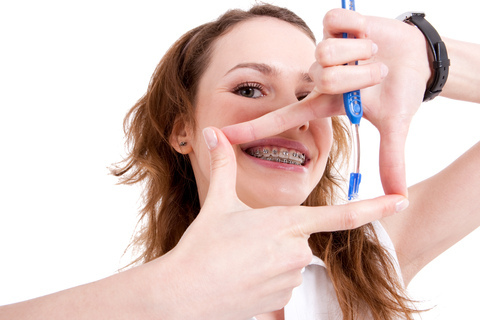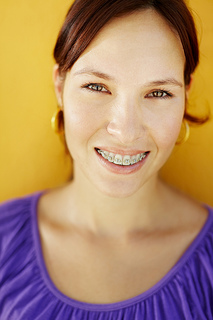
April, also known as National Facial Protection Month, is upon us, and for Dr. Byron Diehl and our team at Diehl Orthodontics, that only means one thing: it’s once again time to remind our patients to protect their faces and pearly whites.
According to the National Youth Sports Safety Foundation, children, high-school athletes and adults have more than 5,000,000 teeth knocked out in sporting events annually. To us, that’s simply unacceptable. By simply wearing a properly fitted mouthguard or other form of protection, kids and adults alike can greatly reduce their chances of traumatic facial injuries.
Here are five ways to ensure you and your child’s can protect your mouth this spring:
1. Make sure you or your child wears a mouthguard for contact sports such as baseball, softball, soccer and lacrosse.
2. Remind him or her to wear a helmet
3. …and protective eyewear
4. Wearing a face shield to avoid scratched or bruised skin will help
5. Make sure your child is alert, even as a spectator
We hope these tips are helpful. Dr. Byron Diehl will tell you protective gear is vital for anyone engaging in contact sports or activities. If you have any further questions about any of these tips, please contact us at our Redlands, CA office.
Stay safe and have fun this spring!






 Website Powered by Sesame 24-7™
Website Powered by Sesame 24-7™